
I picked up this Hammerhead Vac from SCP on Oahu by the airport. In total, I think I spent about $2400.00 for the unit, marine battery, battery charger, hitch lock, and hitch receiver for my truck. It was a pretty big investment for me, especially for something I could do without. In fact, I have been NOT using it for years. I spent the extra coin and got the unit with the kart. My thoughts were that I didn’t want to carry around my bucket, pole, net, Hammerhead unit, cable, and heavy battery in and out of all my pools. That could be 60 lbs plus. Although that’s doable, it’s not my first choice. That decision will haunt me later as that Kart is big and can be a pain in the butt to get in and out of some pools… and sometimes impossible.
I have a pool where the access is just to the left of house where there is about 1.5 feet between a rock wall and the house and severely downhill. The Hammerhead kart will not make it. There is also no way of taking off the kart without screwing something up. This pool sure could use it but I can’t get it there. That’s one problem of the kart.


The Hammerhead Vac really helps me to clean my pools faster. This means I can get in more pools in a day. It’s kind of like working smarter not harder. Although it can be tough to get the kart in and out of some pools and it’s not cheap, it’s worth the effort and every penny. Check out some of the before and after. That happens on a weekly basis. Nuff said.
If your a Pool Service Professional and you DON'T have one... The clock is ticking.














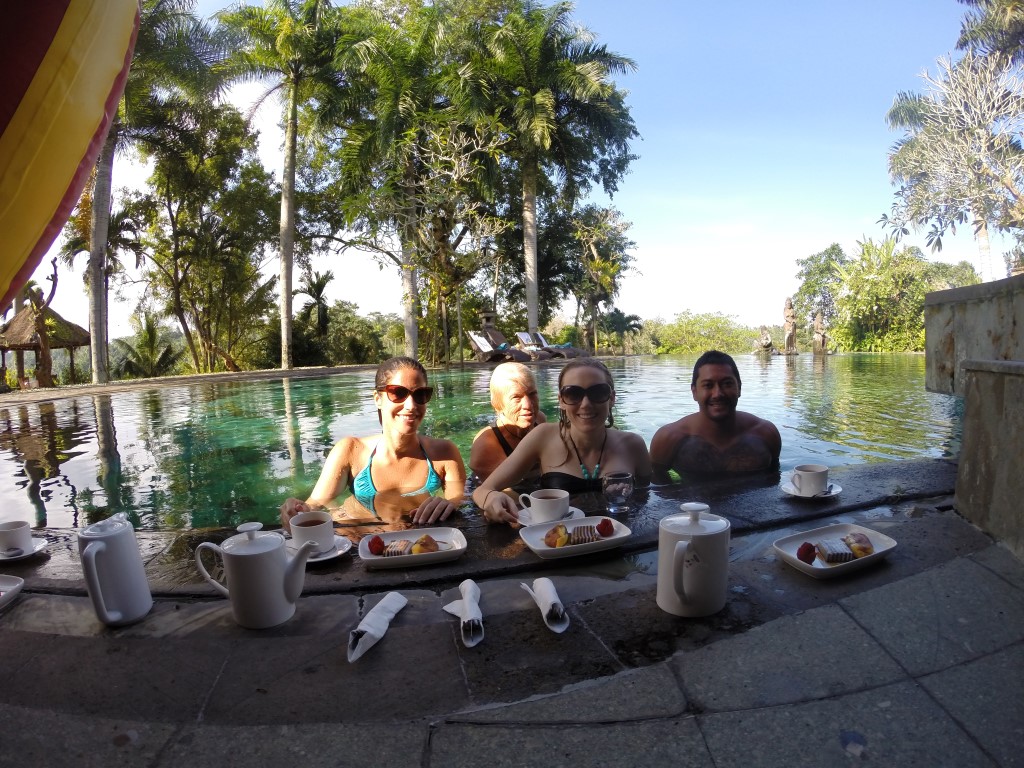
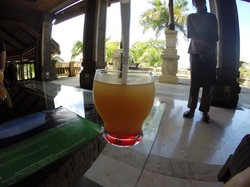
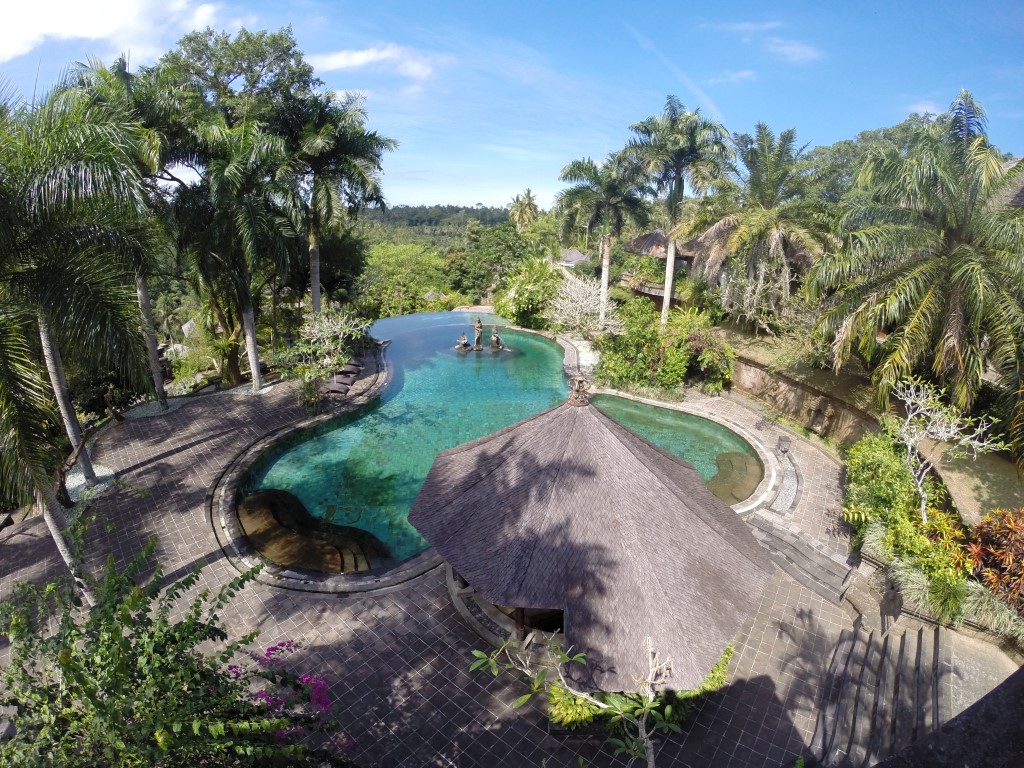
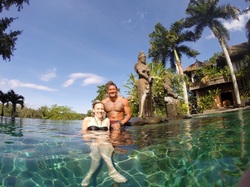
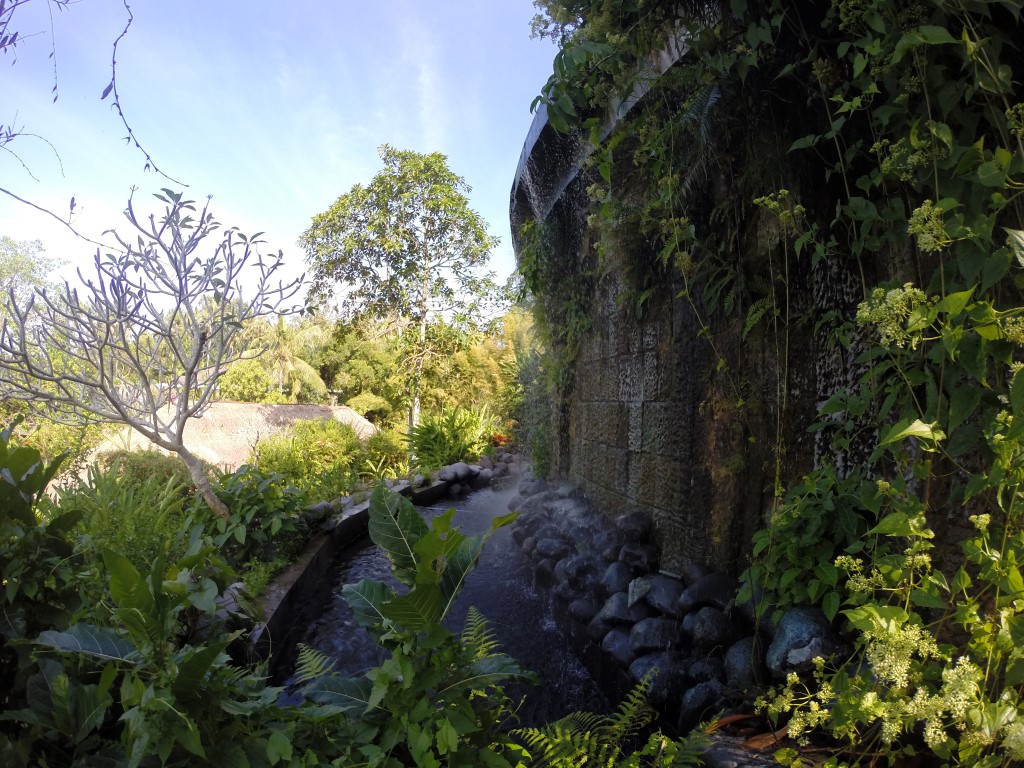
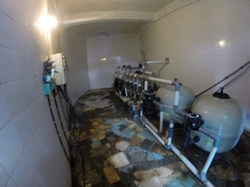
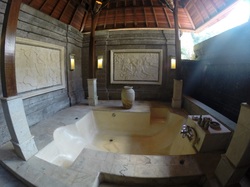


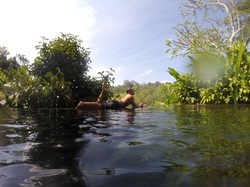

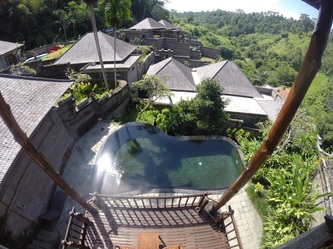
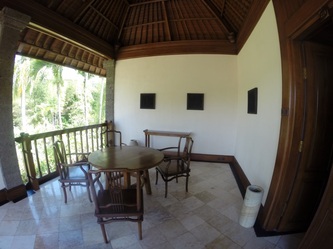
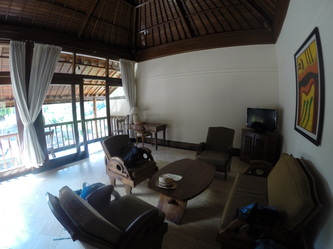
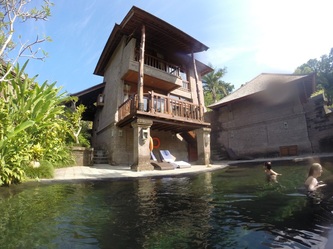
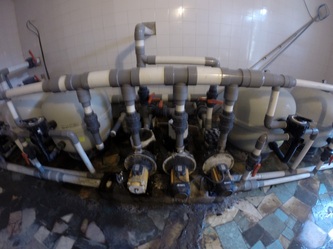
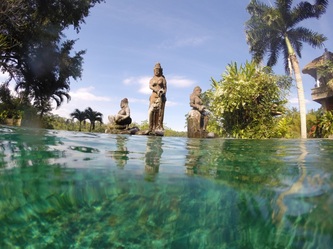
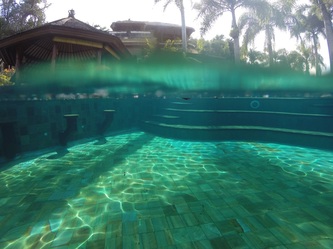
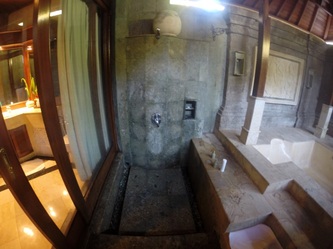
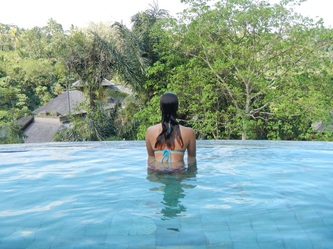
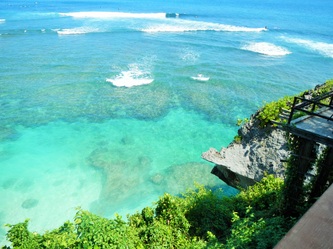
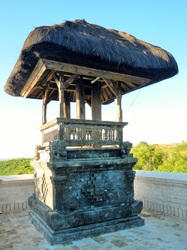


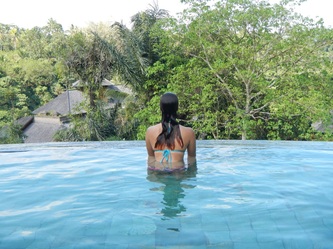




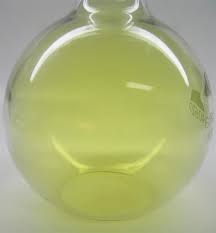
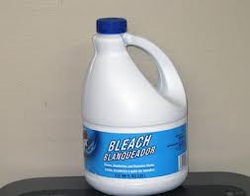
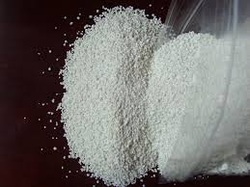
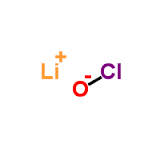

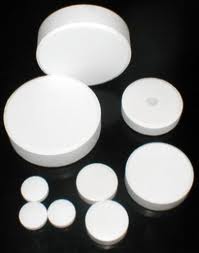
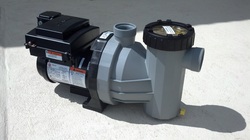
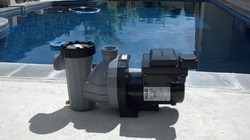

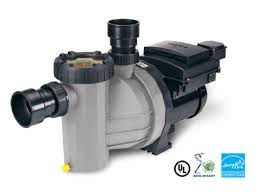
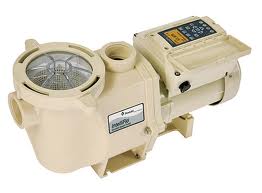

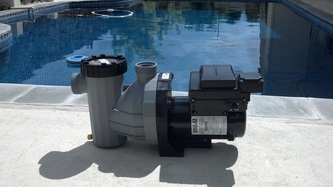
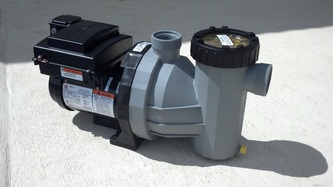
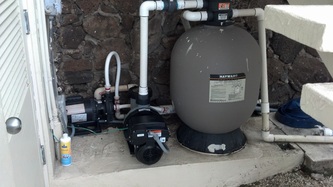
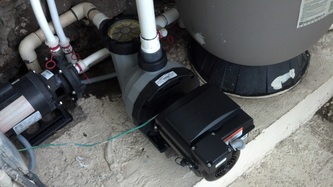
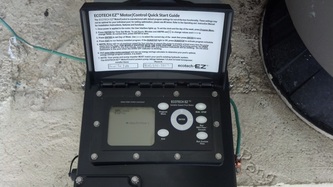
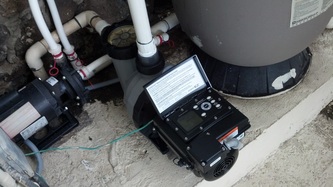


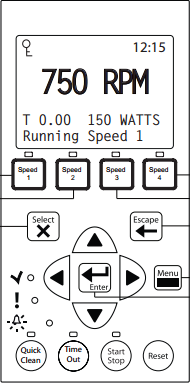
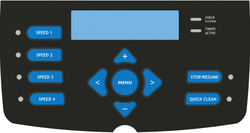
 RSS Feed
RSS Feed